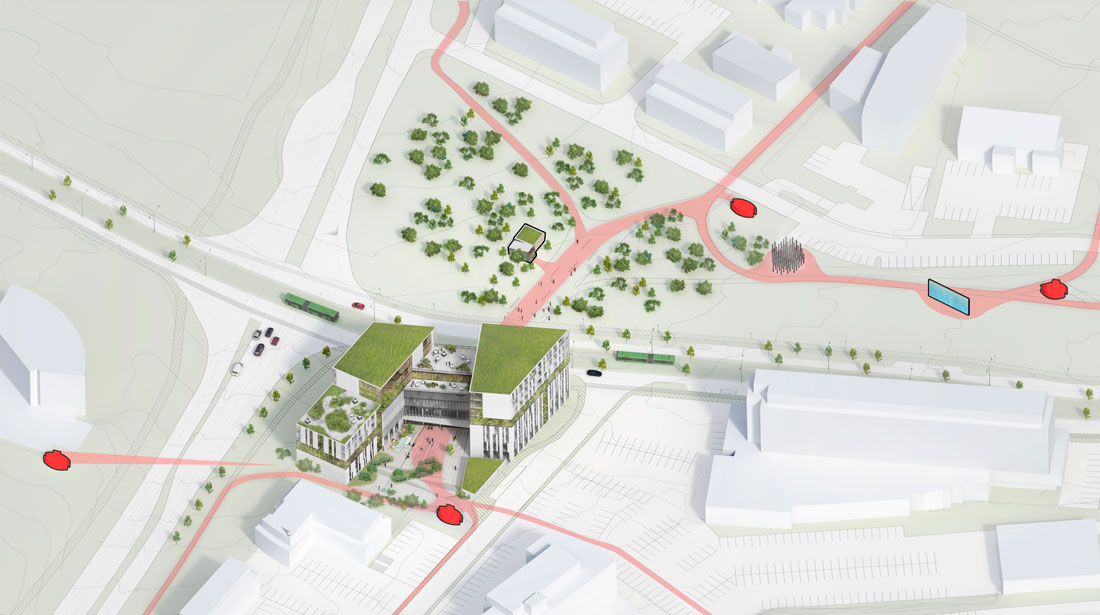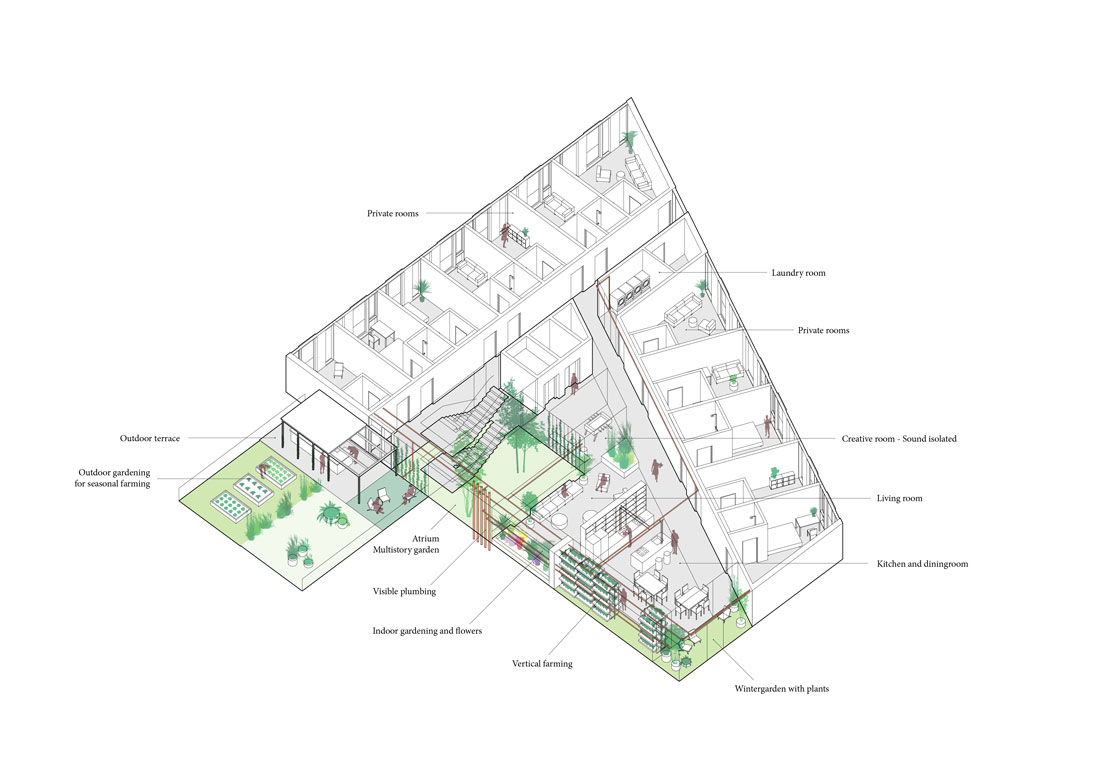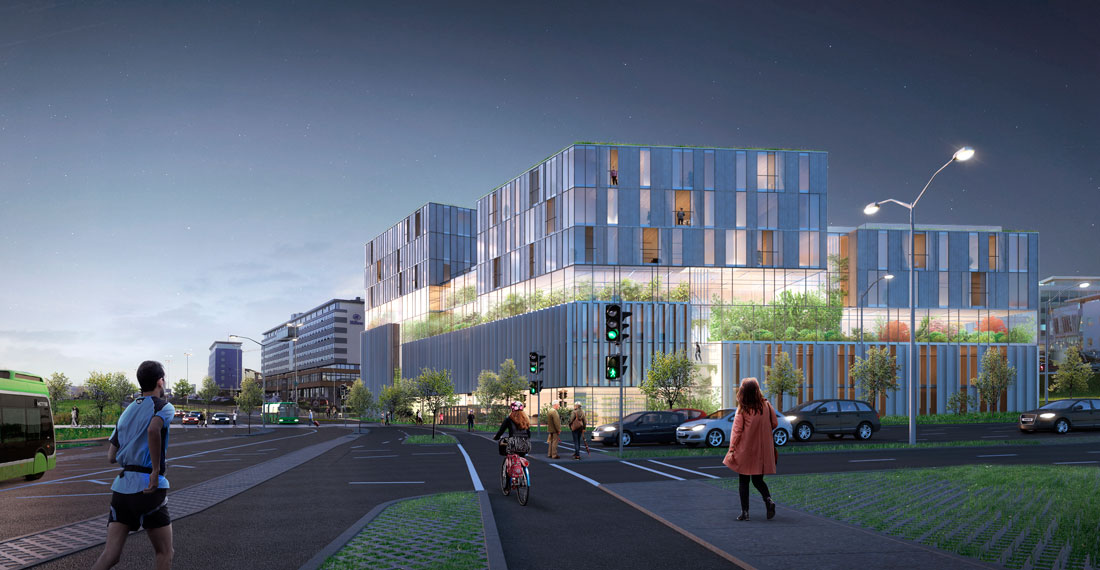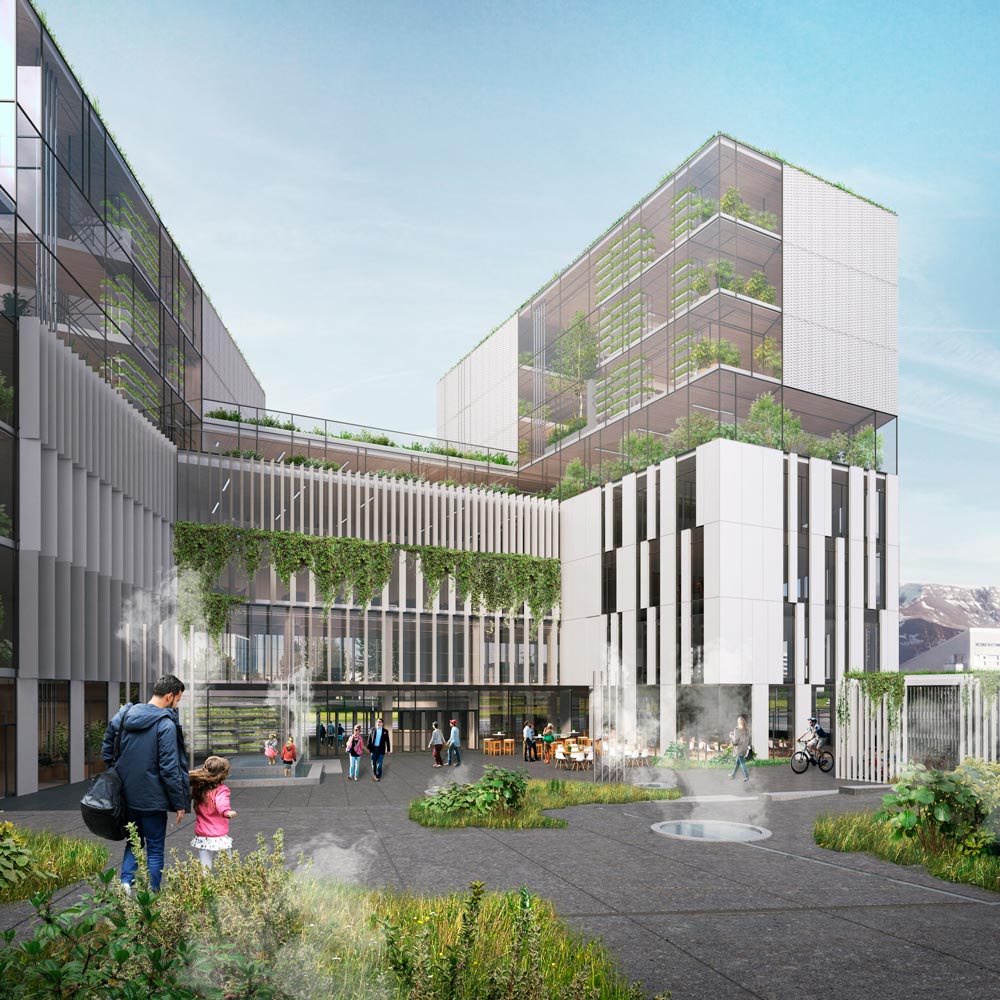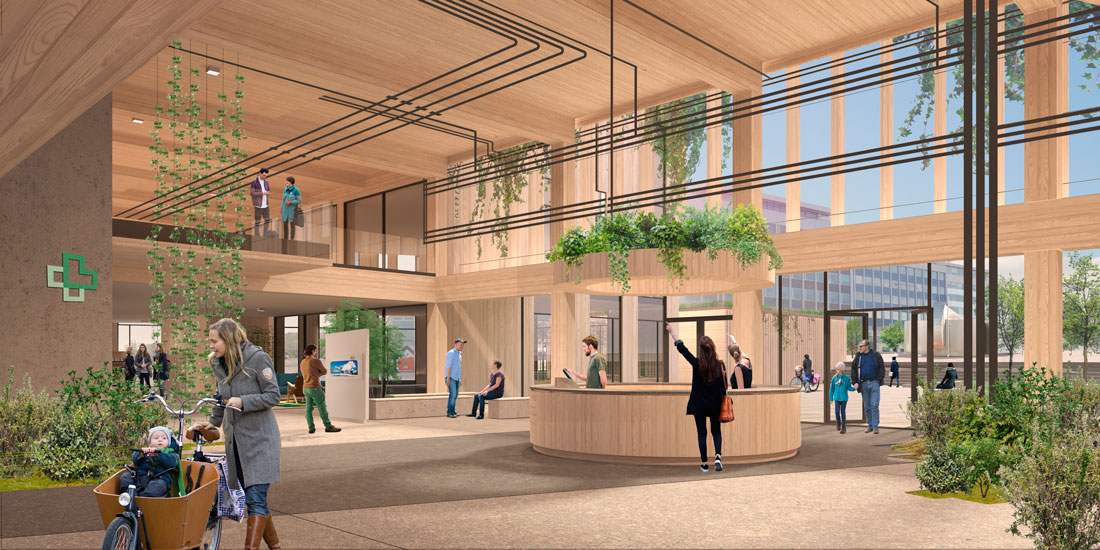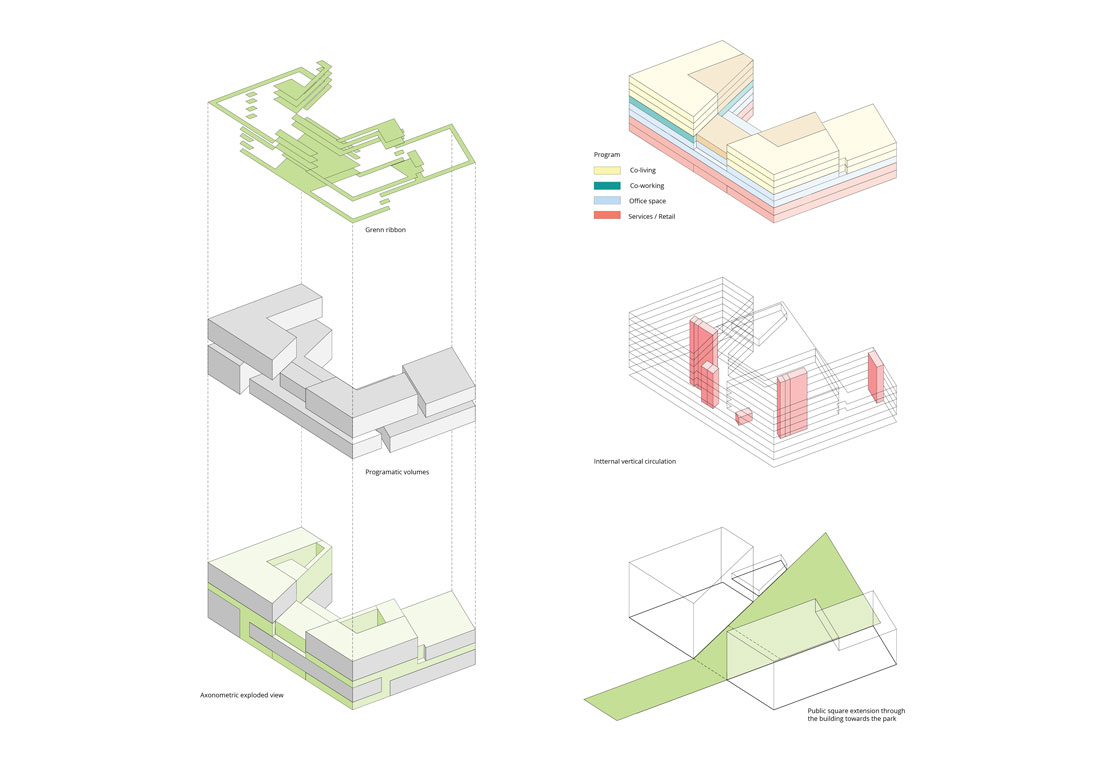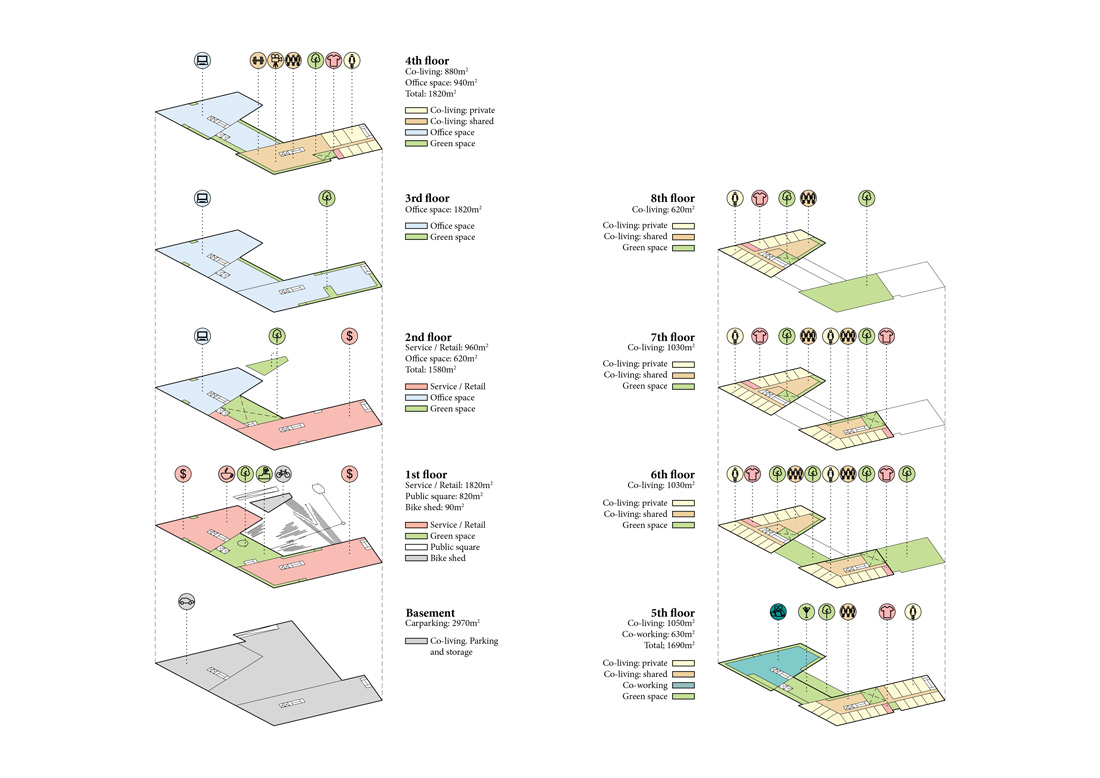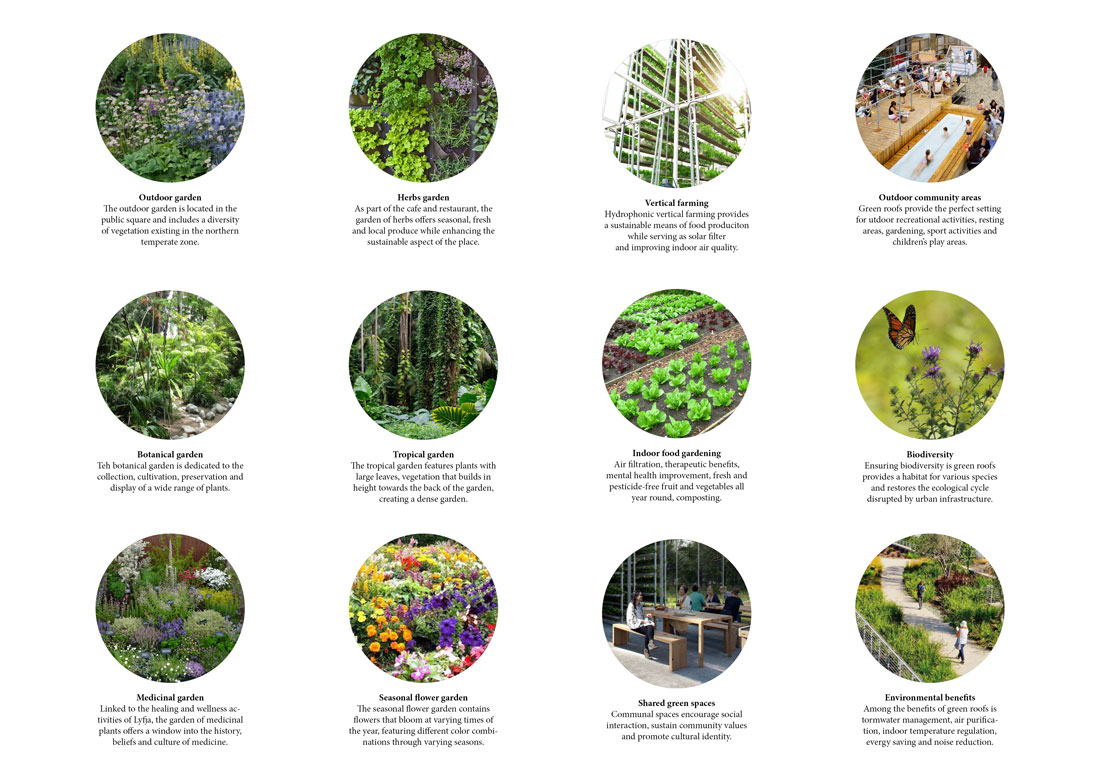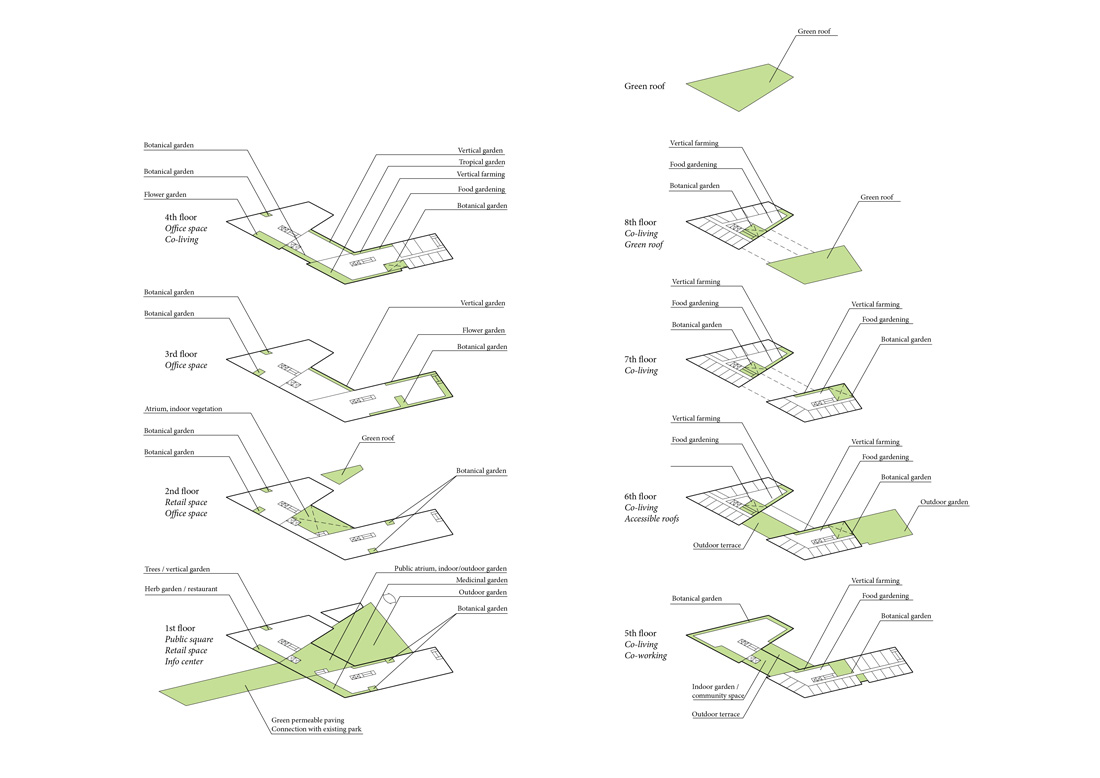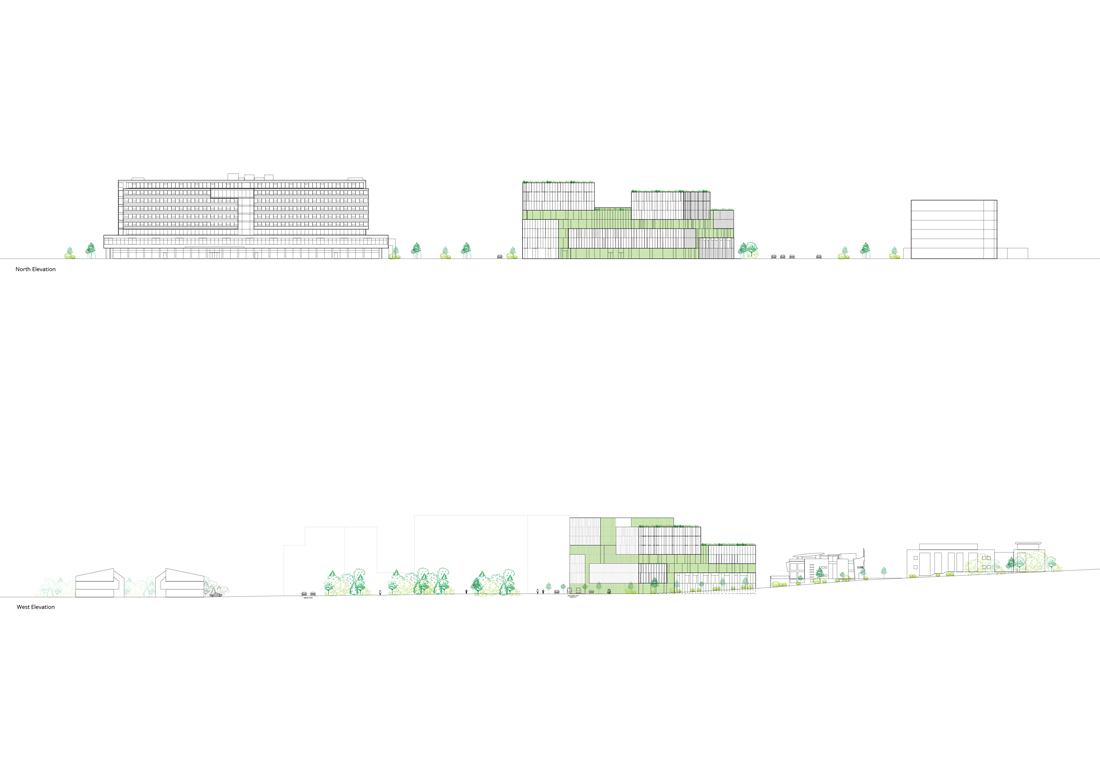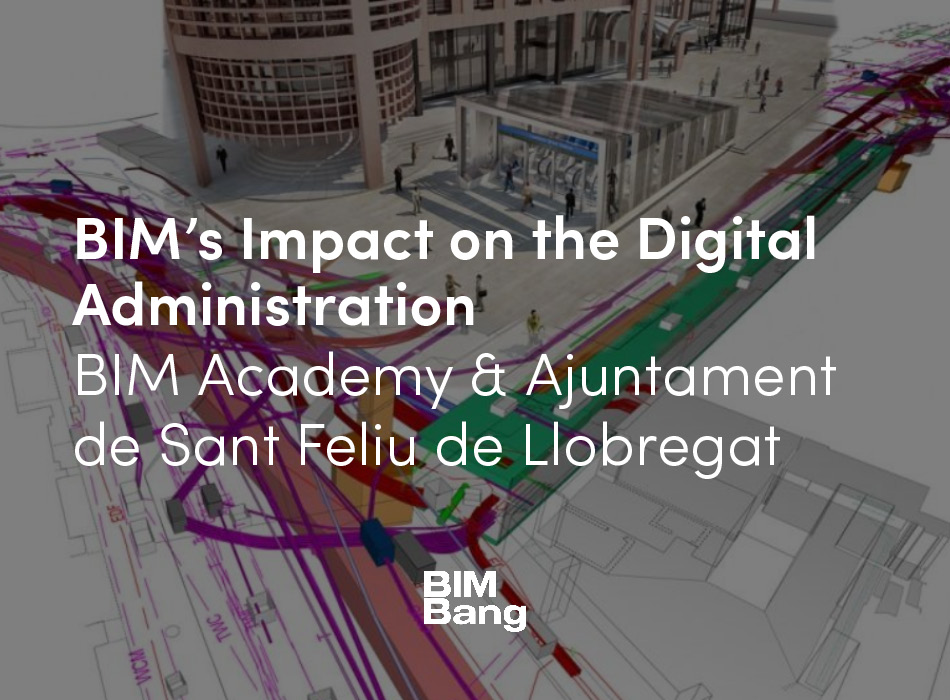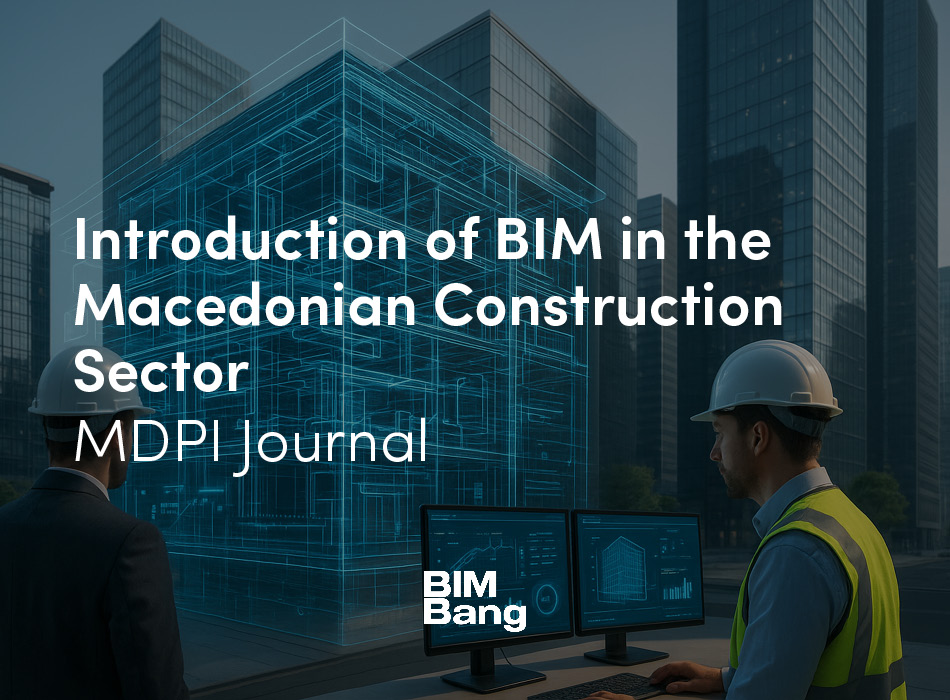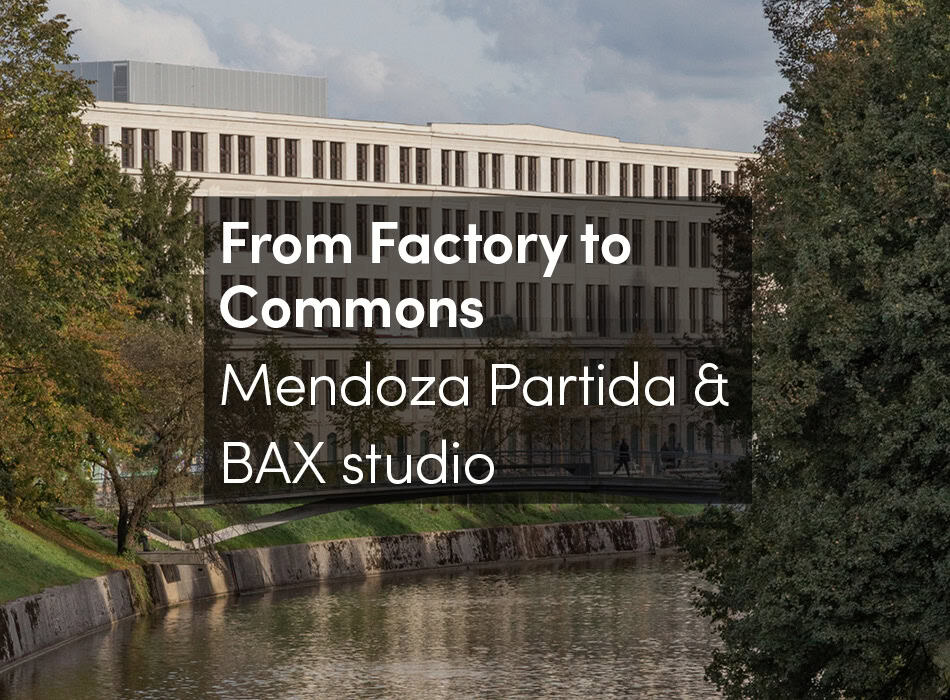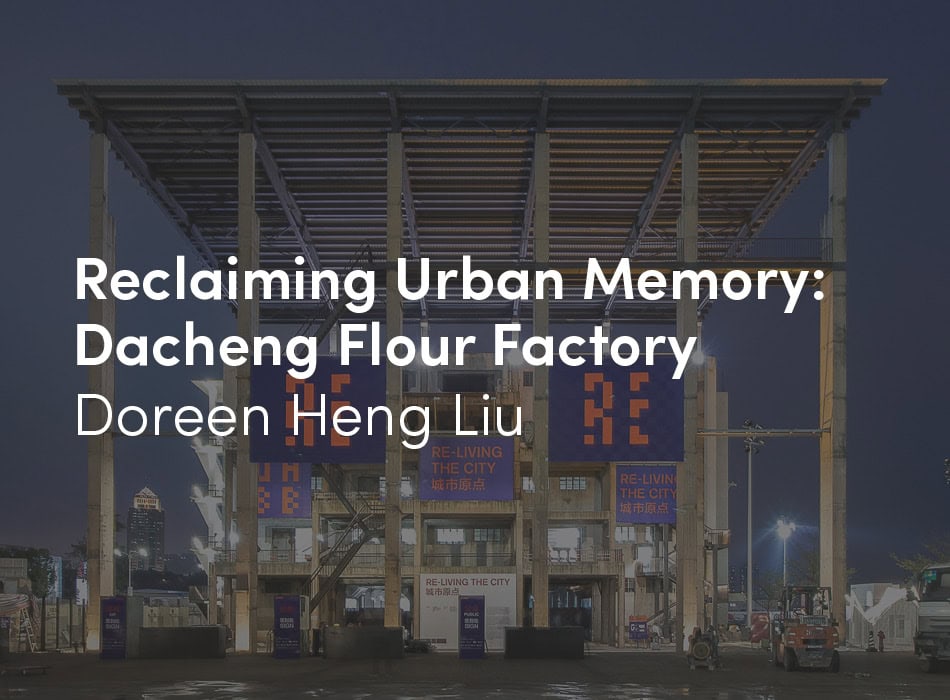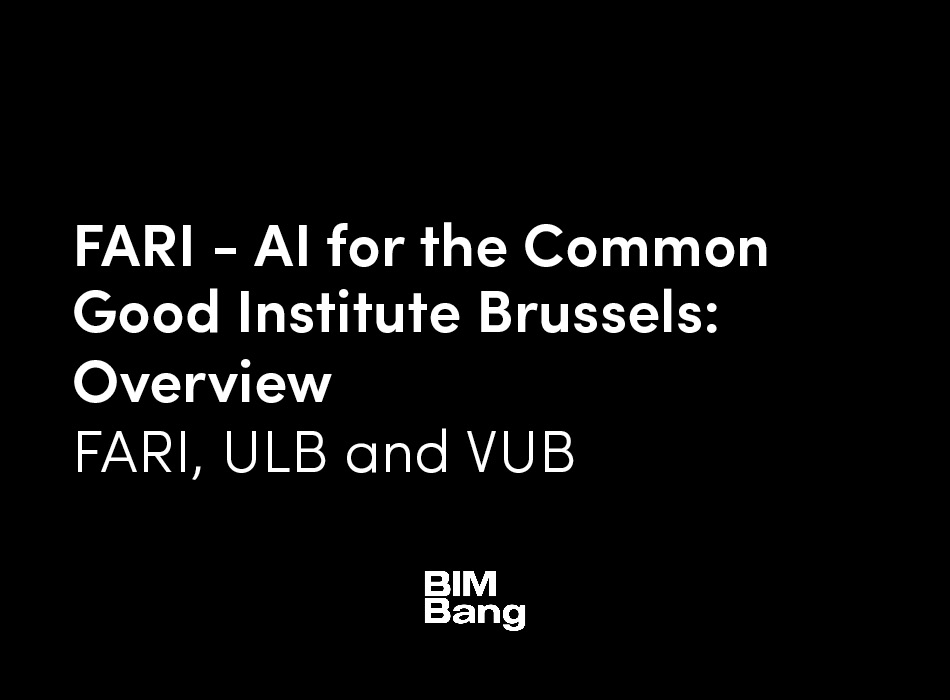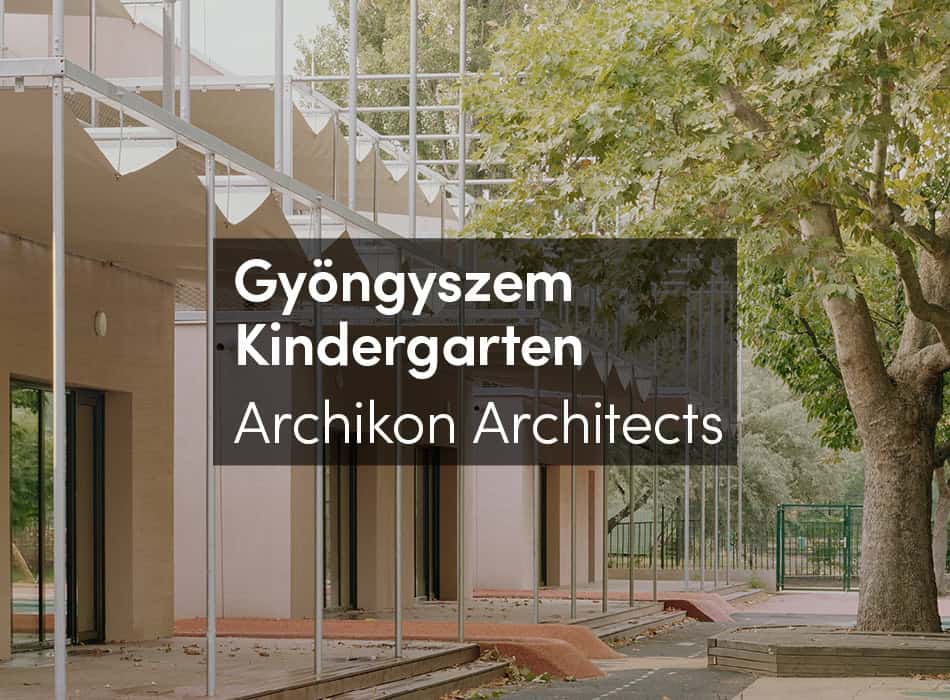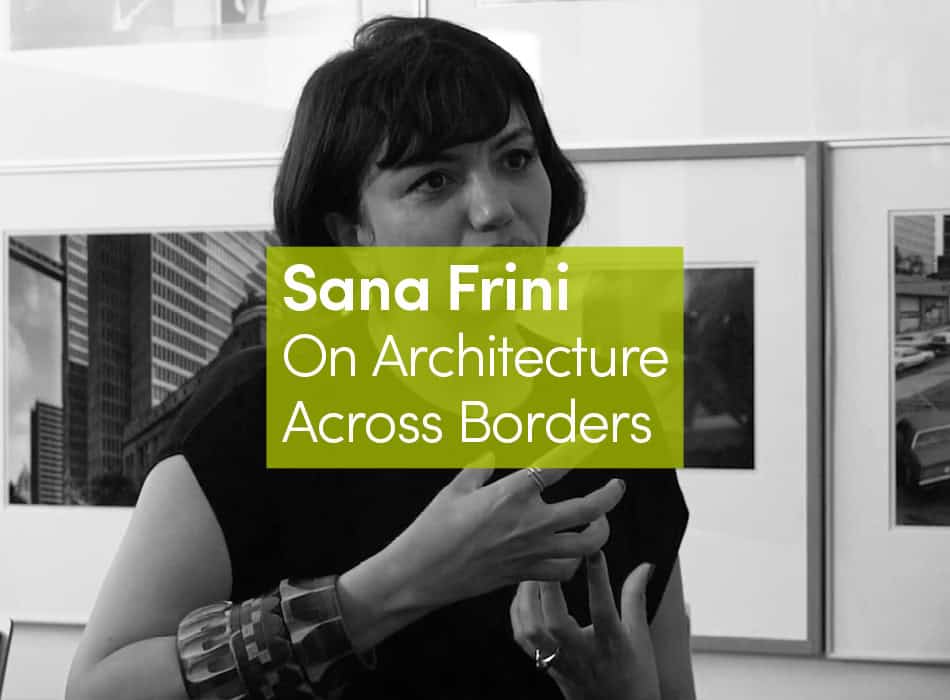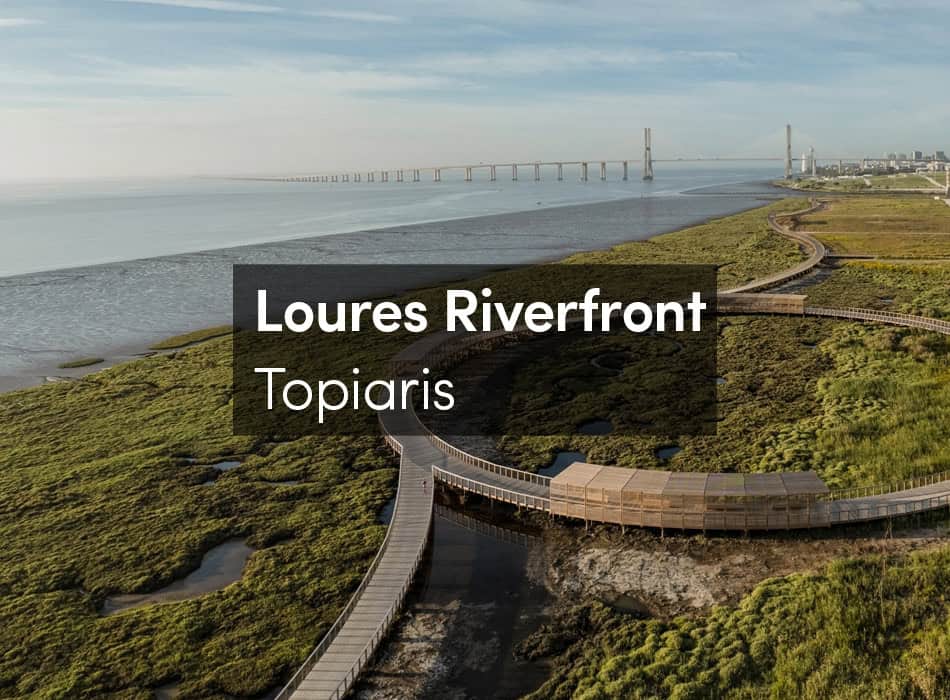Basalt Architects have won the C40 Reinventing Cities global competition for innovative carbon-free and resilient urban projects for the site of Lágmúli in Reykjavik, Iceland. Acting as lead designers for team Fabric (Basalt Architects, EFLA, Landmótun and Reginn), Basalt Architects delivered an exemplary sustainable architecture project in Reykjavík where forward-minded businesses and individuals are given a chance to thrive in a communal, open building designed for a better future.
Iceland´s capital city, Reykjavík, owes its very name to geothermal swells, exuding steam from the ground. The hidden powers beneath the site feed much of Reykjavík´s heating grid, yet this remarkable system is mostly hidden from sight, and therefore from mind. The project brings back to light this magnificent power by incorporating visual, tactile, hands-on features into the design of both site and building. This way, the project ensures that the city’s relationship with nature is brought thoroughly back to mind.
Contributing towards a better, healthier and greener city, the project creates a hub for health, wellness and sustainable lifestyles, generating a unique opportunity to showcase a new era in construction and a beacon of sustainable design in Reykjavík. The 14,500-square-meter building incentivizes alternative and communal ways of living and working, mixing co-habitational housing, shared office space, public space, service and retail. The building volumes appear to float separately, breaking down the scale to a more human level. It is a building that expresses the city as a network of volumes, made possible by the incredible “green” infra-structure that man and nature provide together. This way, it is really a vertical microcosm of the city, radiating sustainability, inclusivity and architectural rigor. Oriented towards the south, all ventilation systems are equipped with waste heat recovery. Particular attention is paid to reducing the energy demand of the greenhouses.
Emissions from construction are minimized by using low-carbon materials such as Icelandic stone wool, which is produced locally, as well as timber cladding and cross-laminated timber (CLT). Waste to landfill is minimized: 95% of waste is diverted from landfills.
Biodiversity is an important part of the project. The creation of green corridors, green walls and roofs, greenhouses and a thermal winter garden will function as a wind shelter and be used for social events. A green ribbon throughout the building takes on many roles, from communal spaces and circulation to events and greenhouse areas. The green ribbon is an extension of the geothermal elements of the site. It is the lifeline of the building and will showcase how modern use of natural resources and technology can positively impact everyday life on all levels – at home, at work and beyond. The green ribbon is simultaneously a channel for all the geothermal technology and ductwork, in addition being an incubator for green growth through farming and various types of gardening connected to the building’s different functions.
This way, the project will ensure that the cities´ relationship with nature is brought thoroughly back to mind.
Co-living
Co-living is an increasing trend in the shared economy and in common use housing. Users share a basic facilities and private areas, which can result in lower costs for users. By emphasizing communal housing solutions, the goal is to be able to offer affordable housing based on innovative building techniques and cost-effective solutions.
The co-living concept harmonizes with the bourgeoning demand for a simpler lifestyle with fewer possesions and more sharing. Furthermore, it provides residents with the opportunity to interact with plants as part of their daily lives, while raising their awareness of the natural resources that make this possible.
All the people passing through this residency take with them the attitude and knowledge acquired here, enabling them to put it to use as they move on, spreading the idea beyond this site and into the city at large.
Local Agriculture
Local agriculture is a centerpiece in this co-living community, with people working and living among plants. The project caters to that trend, allowing building users to practice vertical farming and produce food indoors. Local businesses can use the crops as ingredients for restaurants, providing healthy meals to building users and the local community. In addition, the building has roof gardens, providing green space for recreational purposes.
Public Space
The public space south of the building is activated by the green axis that extends through the building and connects it to the geothermal park. Geothermal water is channeled from the existing borehole creating a variety of water features, including a footbath pool for users and passers by.
The plaza plays a very active role as a social space and gathering point for the users of the building as well as neighbours and other visitors. The pedestrian paths and connection points have been further elaborated. Both the use of the ground floor as a geothermal information center and the integration of a cafe/restaurant at ground level ensure the plaza is constantly active.





